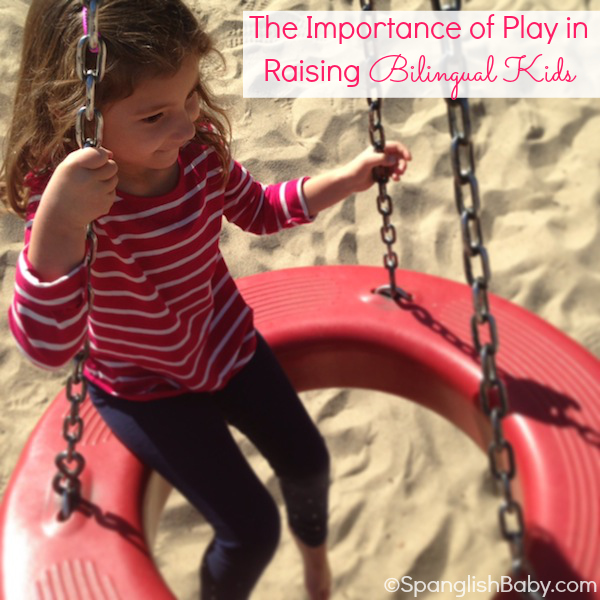
The benefits of teaching children two or more languages are immense and really the best gift you can give them. Research has proven that bilingual kids are better multi taskers, they can concentrate and focus better, and they have enhanced literacy skills. Not only is bilingualism beneficial to the brain, but it also opens kids up to wider cultural perspectives and understandings.
That said, parents must be motivated and willing to put in the effort and consistency necessary to successfully raise a bilingual child. Not only that, but the earlier they start, the better because children’s brains are wired for bilingualism as soon as they are born – and even in the womb! Parents should arm themselves with the resources and information necessary, as well as be surrounded by a supportive community that can also provide the necessary language input to the child.
Read more: 10 Tips to Successfully Raise a Bilingual Child
One of the key elements for bilingualism is for the child to constantly be immersed in a fun and playful environment in the target language. This means the art of immersive play takes on a very important role in any parent’s bilingualism arsenal. Children must never feel they are being forced to learn or do anything. They learn most of their skills through play, and language is no exception.
4 tips to make play an essential part of your baby’s language learning:
- Buy toys and games that include an option for multiple languages. In the U.S. more and more toys are available in both Spanish and English. If Spanish is your target language, then try to have as many of these as possible at the different stages of your child’s life. I particularly love Fisher-Price’s Laugh & Learn bilingual toys collection.
- Find or start your own playgroups with children and/or parents that speak the target language. It’s very important for children to play with other children in the same language to give them relevancy and even more immersion opportunities. Great places to start and/or find playgroups in your area are meetup.com and spanglishbabyplayground.com
- Play with puppets! Puppets are an incredible language-learning tool because children can get completely immersed in them and it can separate you from the action. If you speak the target language, consider making or buying puppets and having puppet-play become a must-do and look-forward moment in your child’s day.
- Play with apps! There are so many language-learning and immersion apps available nowadays. Let your child’s monitored screen time involve play with apps and make sure they are in your target language.
How do you make play an integral part of your language-immersion experience?
Note: I wrote this article as a contributor to the Time to Play blog and am republishing here. Click here to read more of my contributions to Time to Play.


couldn’t agree more whole heartedly!! right on!
And play through song too! Our son is very musical and singing/playing rhymes and songs like la Arana pequeñita and Cuando se va a comprar la carne… are great for playfully engaging with him in Spanish.
My father wanted me to speak and comprehend Spanish from an early age. My favorite games were El Echo Espanol (reciting back what was said in Spanish) and the perrito game (where each dog on our nightly walks had a “job”. Dance ballerina dog! Run quick dog! Bark grumpy dog!) two games that kept attention and were totally free. I am excited to try those types of games with my children in Spanish and in French!
That’s great to hear, I find my daughter wanting to speak Spanish mostly when she is out on the playground. I think it almost comes natural!
I love all the ideas here, and I would love to be able to create a Spanish playgroup for my son. Sadly, I have yet to find Spanish speaking playmates for him. However, I will definitely be following your other three tips! Thank you for submitting this post to last month’s multilingual carnival! http://discoveringtheworldthroughmysonseyes.blogspot.com/2013/10/raising-multilingual-children-blogging.html